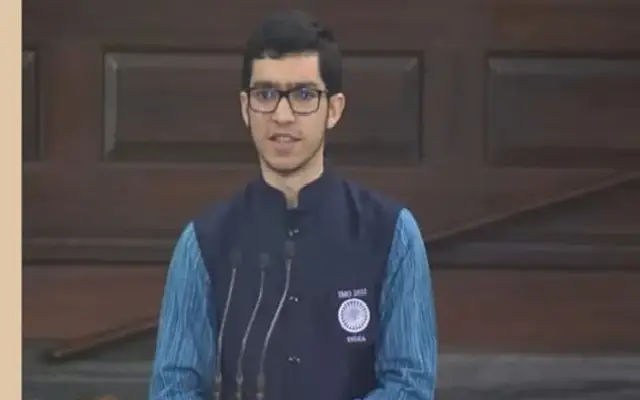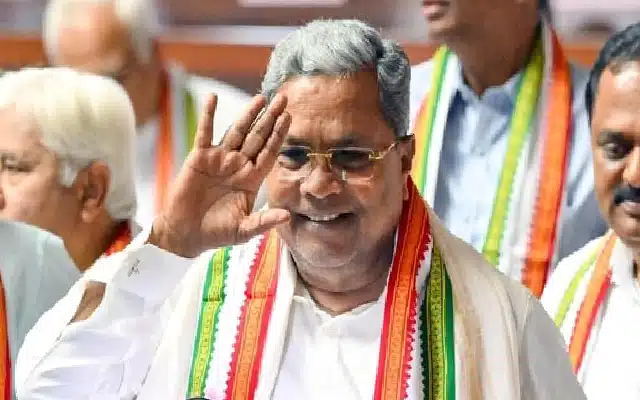The powerful, fiery and dignified service of our country is police service. From Hawaldars of village that existed in ancient India, to the police service brought in by British India, the service has drastically evolved in socio, economic and power status.
Civil servants are the ones who have pledged to serve the civilians. And so, expressing the respect to the post and accepting the officials as the protectors of law and order becomes essential. For this to happen, both police and civilians will have to take measures. The inhuman, rude and harsh behaviour by few police personalities may be one among the reasons for the police unpopularity.
Lathi-charge seems like an essential part post civilian protests. Through Article 19 (1) (a) freedom of speech and expression and article 19 (1) (b) the freedom to assemble peacefully without arms, citizens derive their right to protest. At the same time Section 144 of Criminal Penal Code resorts to the usage of civil force for an unlawful assembly. There has been no mention of lathi charge specifically. In clarity, neither IPC, Evidence Act, CrPC nor Police Act gives provision on lathi charge.
Where did ‘lathi charge’ policy emerge from and what are the guidelines to be followed?
Lathi charge is a British Era Policy which they followed in order to control the violent crowd or as a measure to prevent the riot. The same policy is still being in practice. It is the Magistrate who has to give the approval in order to disperse the crowd. As per Karam Singh v/s Hardayal Singh case, the three prerequisites had to be followed before a magistrate orders to disperse the crowd. They are as follows:
There should be an unlawful assembly with the object of committing violence or an assembly of five or more persons likely to cause a disturbance of the public peace.
Second, an Executive Magistrate should order the assembly to disperse.
In spite of such orders, the people do not move away, order to disperse can be announced.
Section130 (3) of CrPC states the police officers to “use as little force, and do as little injury to the person and property as may be consistent with dispersing the assembly.” Even in International arena India is signatory to UN basic principles for the use (rules and regulations) of force and firearms. But the happenings in recent years have been stated as the misuse of power by the officials.
Police brutality during Covid lockdown, farmers and student protests with their lathi are allegedly inhuman. In the recent issue of protest in Uppinangady District of Karnataka too, the police are accused of using their lathi power on life saving ambulances.
In February 2021, Supreme Court in its judgement over a death of Odisha-based man said, ‘Wooden lathis and batons, commonly used by the police, can be “weapons” of death’. And so, the power and provision available has to be wisely used. It is the need of the hour for the police to understand the freedom and liberty of the people and for the people to understand their limits and oblige the laws.

















